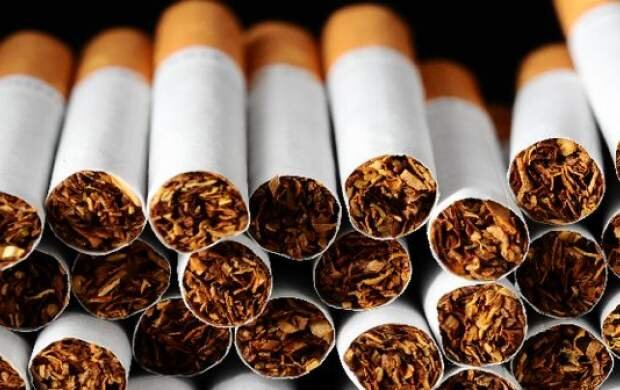Tobacco imposes annual loss of $33b: deputy health minister

TEHRAN – Estimates show that tobacco costs the country 1.4 quadrillion rials (nearly $33.3 billion at the official rate of 42,000 rials) annually, Alireza Raeisi, the deputy health minister, has announced.
Reisi made the remarks on Wednesday in a press conference held virtually on the occasion of the World No-Tobacco Day 2021.
The World Health Organization created World No Tobacco Day in 1987 to draw global attention to the tobacco epidemic and the preventable death and disease it causes. The day is further intended to draw attention to the widespread prevalence of tobacco use and to negative health effects, which currently lead to more than 8 million deaths each year worldwide, including 1.2 million are the result of non-smokers being exposed to second-hand smoke.
Referring to the 40 percent increase in hookah consumption over the last eight years in the country, he stated that tobacco brings the country a loss of 1.4 quadrillion rials (nearly $33.3 billion at the official rate of 42,000 rials) annually, taking health costs into consideration.
Stating that tobacco consumption is high among Iranian women, he said that "one of the reasons for the increase in the tendency of women, especially young people, to desire to use hookah is the presence of aromatic tobacco, which is very dangerous and harmful."
Coronavirus has killed more than three million people in a year and a half, but smoking kills eight million people a year, and the tobacco mafia is still active, causing extensive damage to society, he lamented.
Aromatic tobacco is very dangerous and contains 7,000 chemicals, of which 70 are carcinogenic and 400 are toxic, he further noted.
In 2014, there were 7 tobacco production units, which increased to 23 units in 2020, showing that the number of these production units has quadrupled, he added.
Tobacco use
The nicotine contained in tobacco is highly addictive and tobacco use is a major risk factor for cardiovascular and respiratory diseases, over 20 different types or subtypes of cancer, and many other debilitating health conditions. Every year, more than 8 million people die from tobacco use. Most tobacco-related deaths occur in low- and middle-income countries, which are often targets of intensive tobacco industry interference and marketing.
Tobacco can also be deadly for non-smokers. Second-hand smoke exposure has also been implicated in adverse health outcomes, causing 1.2 million deaths annually. Nearly half of all children breathe air polluted by tobacco smoke and 65 000 children die each year due to illnesses related to second-hand smoke. Smoking while pregnant can lead to several life-long health conditions for babies.
Heated tobacco products (HTPs) contain tobacco and expose users to toxic emissions, many of which cause cancer and are harmful to health. Electronic nicotine delivery systems (ENDS) and electronic non-nicotine delivery systems (ENNDS), commonly known as e-cigarettes, do not contain tobacco and may or may not contain nicotine, but are harmful to health and undoubtedly unsafe. However, it is too early to provide a clear answer on the long-term impact of HTPs and/or e-cigarette use.
Smokers face a 40 – 50 percent higher risk of developing severe disease and death from COVID-19.
A recent technical manual on tobacco tax policy and administration by the WHO shows countries are to cut down on over US$1.4 trillion in health expenditures and lost productivity due to tobacco use worldwide.
Improved tobacco taxation policies can also be a key component of building back better after COVID-19, where countries need additional resources to respond and to finance health system recovery.
FB/MG
Leave a Comment